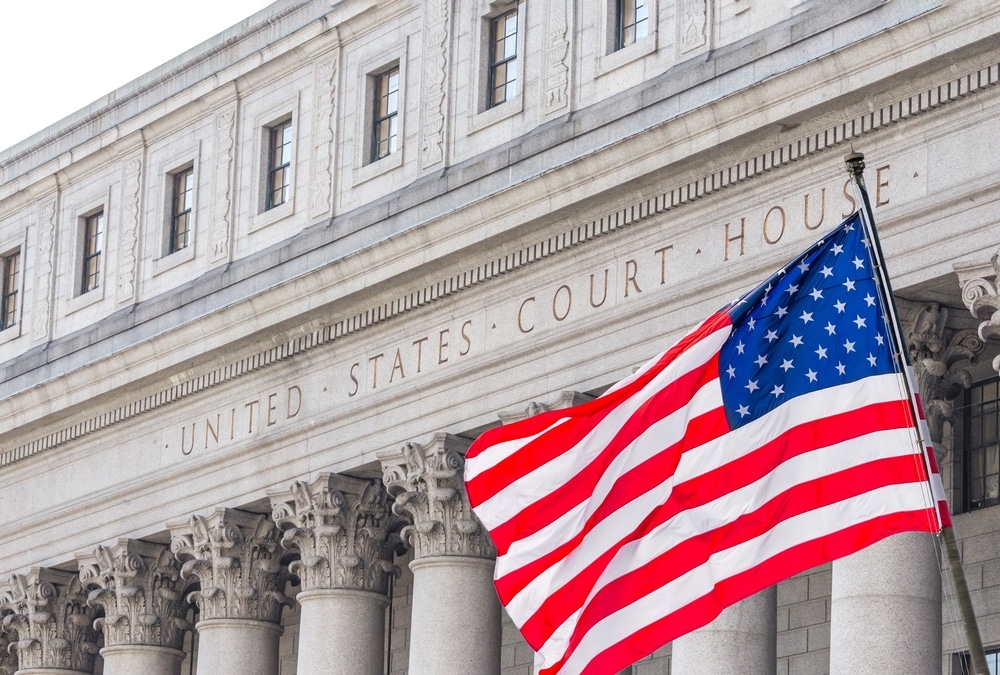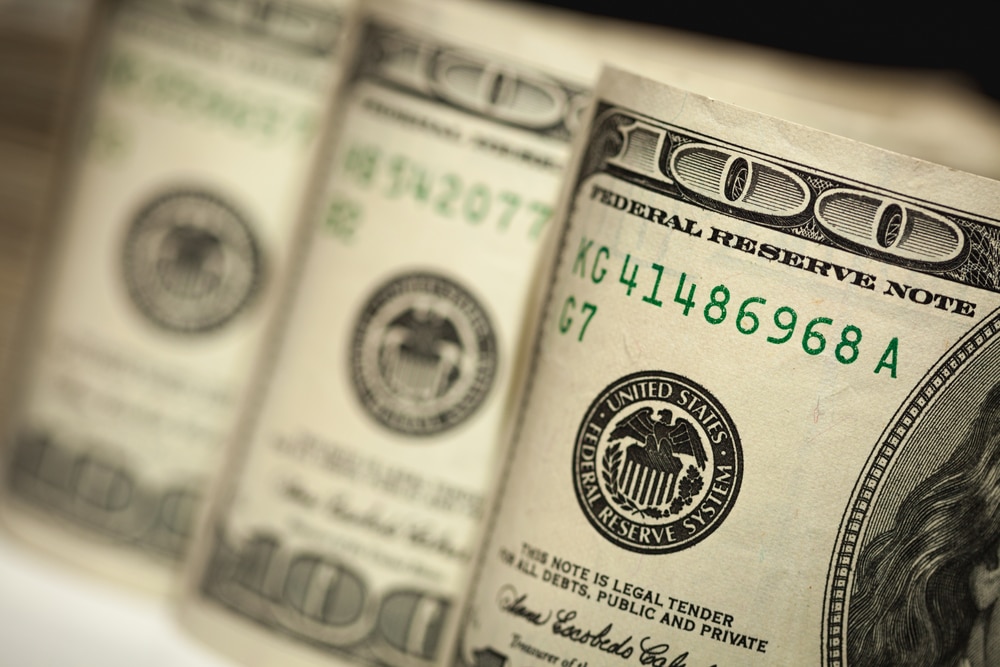The US national debt recently hit record levels and is a growing concern for investors. According to a recent report by Capital Group, in just several years the US government could be spending more on interest payments than any other area of spending.
Rising Debt

This year, the US national debt surpassed $33 trillion, a record amount. For comparison, about a century ago, the national debt was just $17 billion, around $300 billion in 2023 dollars.
No Sign of Stopping

According to the Congressional Budget Office, this already-eye-watering figure is set to rise even further. By the 2050s, US federal debt could reach 180% of GDP, far higher than the roughly 100% that it is today.
Government Spending

Every year, the US government has to spend hundreds of billions of dollars servicing the national debt. According to Capital Group, in a decade the government could find itself spending more on interest payments than defense.
Budget Priorities

Defense spending is traditionally the largest single item in the US government’s budget and dwarfs the military spending of any other nation. In fact, the US military budget is larger than the military budgets of the ten other biggest spenders — combined.
Raw Numbers

US military spending is set to top $840 billion in 2024. In comparison, current interest payments could reach $1.4 trillion by 2033, according to Capital Group.
Close Call

In January, the US national debt reached its limit. However, after several months politicians agreed to suspend the debt ceiling to avoid a catastrophic default.
The Default Disaster

Federal spending is responsible for vital social programs that practically everyone in the country relies on to some extent, from Social Security to public schools to infrastructure maintenance. A default could result in many of these programs losing funding or otherwise failing in ways that would disrupt or even seriously damage the lives and livelihoods of tens of millions of people.
Tipping Point

Even massive federal debt is manageable as long as the economy grows faster than interest rates. However, the US is closer than ever to reversing that balance, which would result in the debt growing by itself.
Possible Consequences

An out-of-control debt balloon could force the US government to implement any number of harsh policies to try and rectify the situation, such as raising taxes and interest rates. These solutions might reduce the debt, but could cause widespread economic pain for ordinary citizens.
Put in Perspective

Currently, interest payments on the national debt are around $400 billion, according to the Office of Management and Budget. That’s a large sum, but it is actually only 1% of America’s GDP.
What is Debt?

Some are arguing that the concern about the US national debt is fear-mongering. While individuals have to pay off their debts, governments do not, because they don’t die and increase their wealth with each new generation.
Careful Balance

Paul Krugman, for example, a prize-winning economist, argued that governments need only service their debts. As long as the US can stay on top of interest payments and due bonds, there’s little to worry about.










